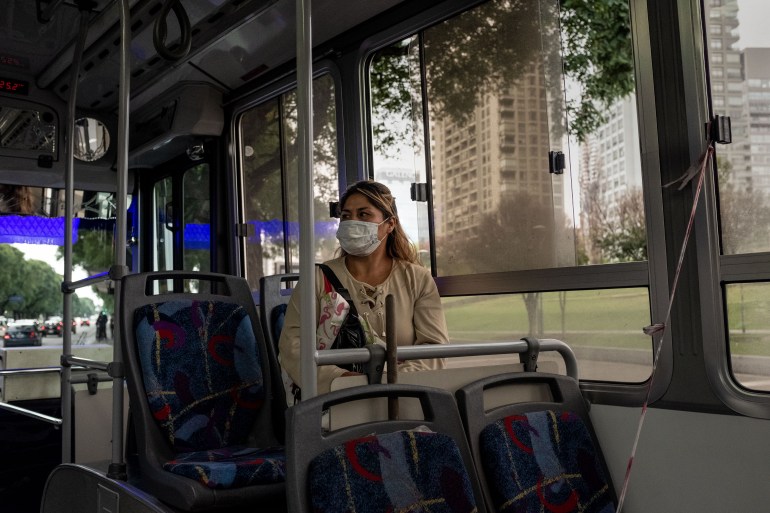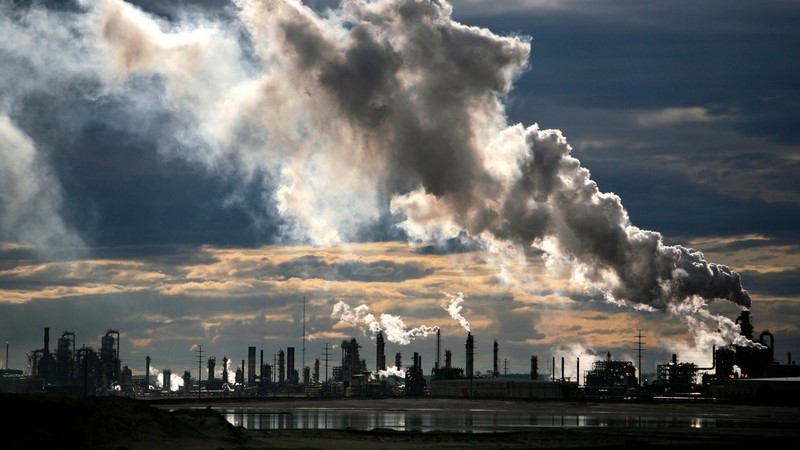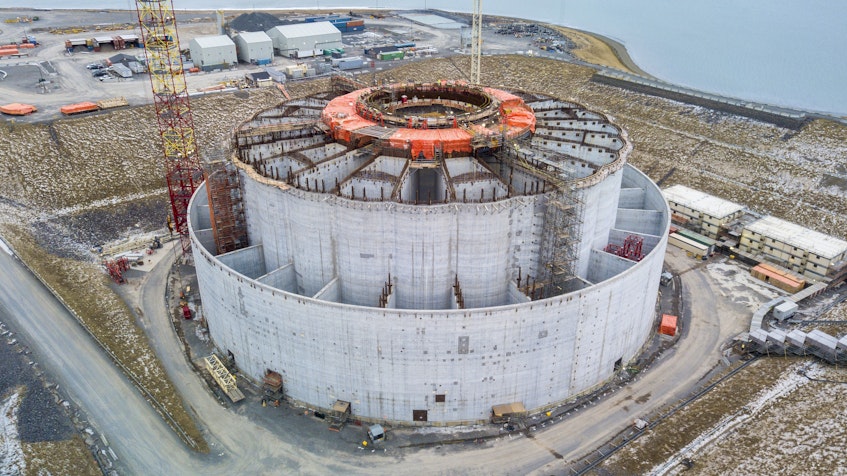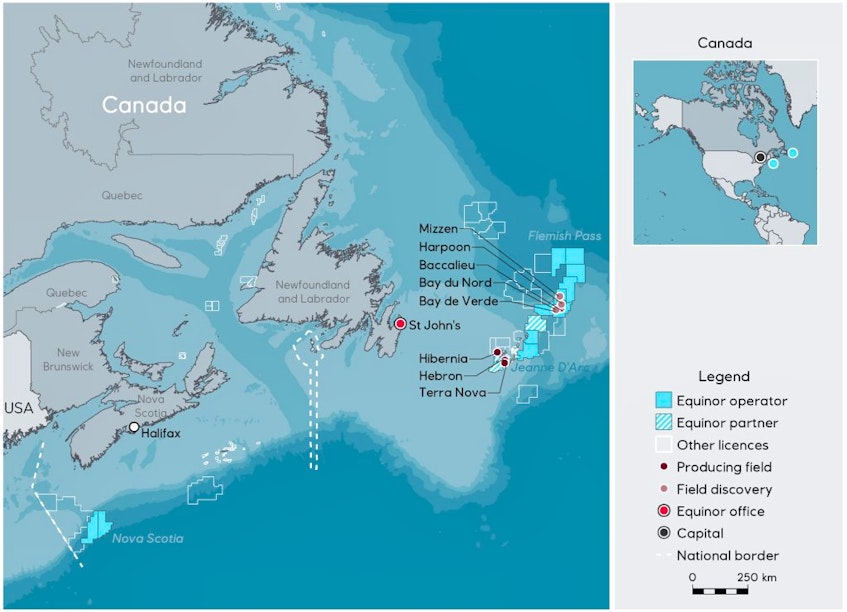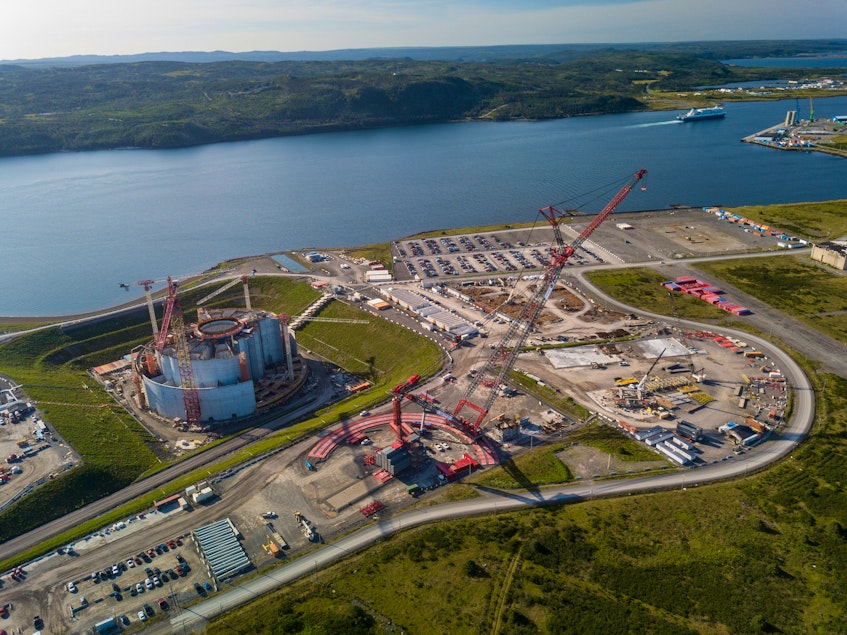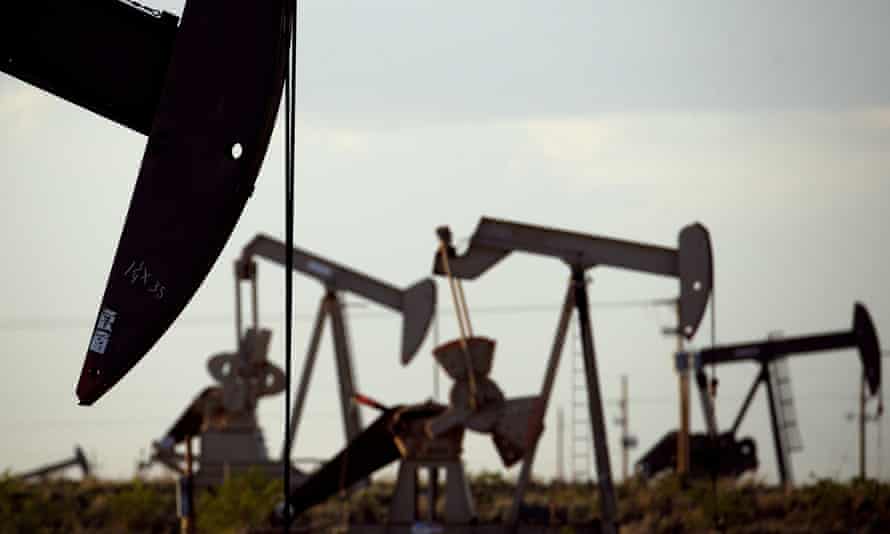Update: Marvel says that it "will not be proceeding with this partnership.
By Jordan Pearson
By Matthew Gault
6.10.17
Update: Marvel announced that it "will not be proceeding with this partnership" with Northrop Grumman. It also sent us the following statement:
"The activation with Northrop Grumman at New York Comic Con was meant to focus on aerospace technology and exploration in a positive way. However, as the spirit of that intent has not come across, we will not be proceeding with this partnership including this weekend's event programming. Marvel and Northrop Grumman continue to be committed to elevating, and introducing, STEM to a broad audience."
The original story follows below:
Up until now, Marvel Comics only had one arms manufacturer in its roster of superheroes: Tony Stark, better known as Iron Man. Now, it has two.
On Friday, Marvel announced that the company is "joining forces" with Northrop Grumman, manufacturer of the Global Hawk surveillance drone and the fifth-largest arms manufacturer in the world.
The company has already released a comic book starring a new team of heroes who work for Northrop Grumman, called Northrop Grumman Elite Nexus, or N.G.E.N. You know, like "engine," as in the engine of the B-2 Spirit, a stealth bomber that Northrop manufactured for the US government and dropped bombs over Kosovo and the Middle East.
The comic is titled "Start Your N.G.E.N.S! Part 1," which means that there's at least one more part coming in this series, god help us, if not more. The first instalment sees Northrop Grumman operatives teaming up with the cast of the Avengers, one of Marvel's hottest properties at the moment.
The comic is also marked "all ages," which means that children can and probably will read this. In short, it's a marketing tool aimed at kids to get them to think favorably of the military-industrial complex. Nice.
"The activation with Northrop Grumman at New York Comic Con was meant to focus on aerospace technology and exploration in a positive way. However, as the spirit of that intent has not come across, we will not be proceeding with this partnership including this weekend's event programming. Marvel and Northrop Grumman continue to be committed to elevating, and introducing, STEM to a broad audience."
The original story follows below:
Up until now, Marvel Comics only had one arms manufacturer in its roster of superheroes: Tony Stark, better known as Iron Man. Now, it has two.
On Friday, Marvel announced that the company is "joining forces" with Northrop Grumman, manufacturer of the Global Hawk surveillance drone and the fifth-largest arms manufacturer in the world.
The company has already released a comic book starring a new team of heroes who work for Northrop Grumman, called Northrop Grumman Elite Nexus, or N.G.E.N. You know, like "engine," as in the engine of the B-2 Spirit, a stealth bomber that Northrop manufactured for the US government and dropped bombs over Kosovo and the Middle East.
The comic is titled "Start Your N.G.E.N.S! Part 1," which means that there's at least one more part coming in this series, god help us, if not more. The first instalment sees Northrop Grumman operatives teaming up with the cast of the Avengers, one of Marvel's hottest properties at the moment.
The comic is also marked "all ages," which means that children can and probably will read this. In short, it's a marketing tool aimed at kids to get them to think favorably of the military-industrial complex. Nice.

Neither Northrop Grumman nor Marvel Comics immediately responded to Motherboard's request for comment.
In case this wasn't already all painfully on the nose, the comic also features a backpage ad that places photos of the fictional Stark Industries and the very real Northrop Grumman next to each other with the text, "Dream vs. Reality." The implication being that Stark Industries is the Marvel version of Northrop Grumman, which already has a Marvel version of itself? Ugh, my head hurts.
Fans and commentators have already taken to Twitter to voice their disgust regarding the partnership, an early indication that this will continue to not go well for Marvel. Still, at the very least, they probably made a lot of money.

